New evidence suggests a hidden “intelligence” of a life-sustaining pathway.
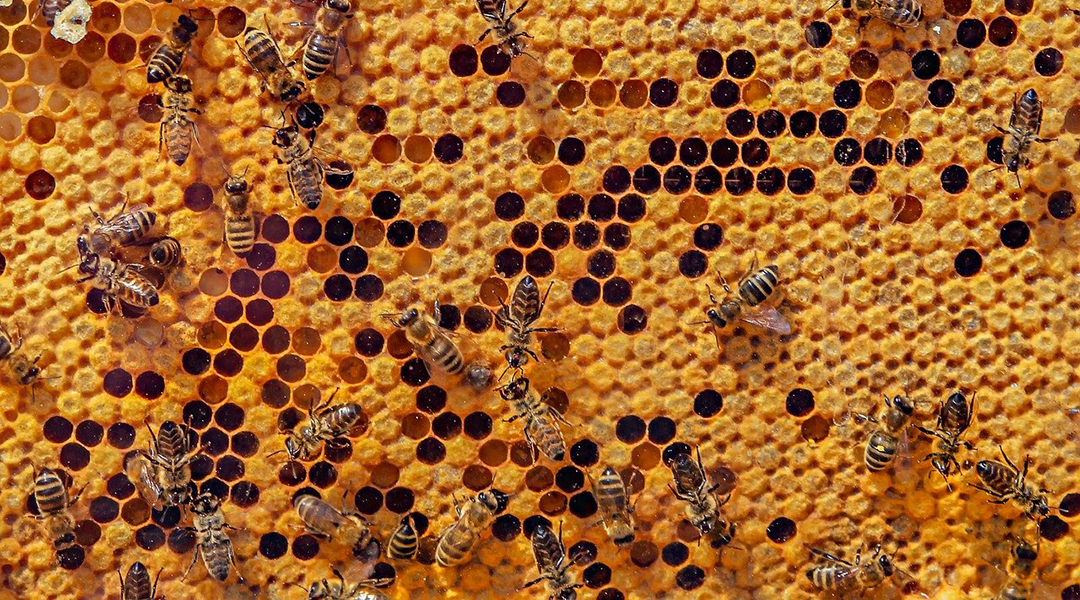

New evidence suggests a hidden “intelligence” of a life-sustaining pathway.
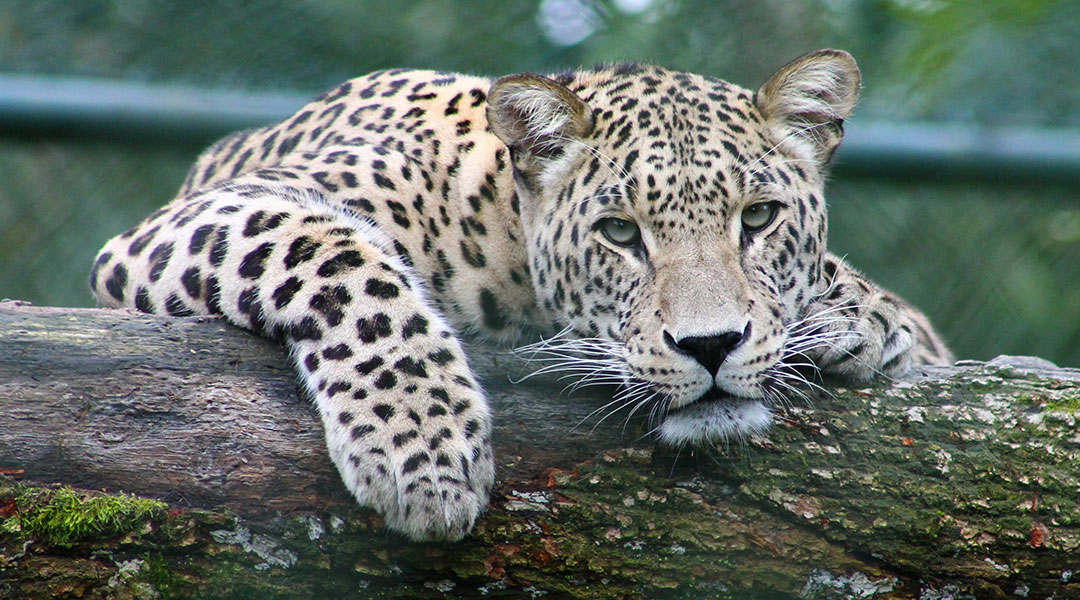
Leopards, it would seem, are the kings of flexibility and adaptability in the big cat kingdom — lazy human aphorisms be damned.

Which structures in the brain activate when your state of consciousness changes?
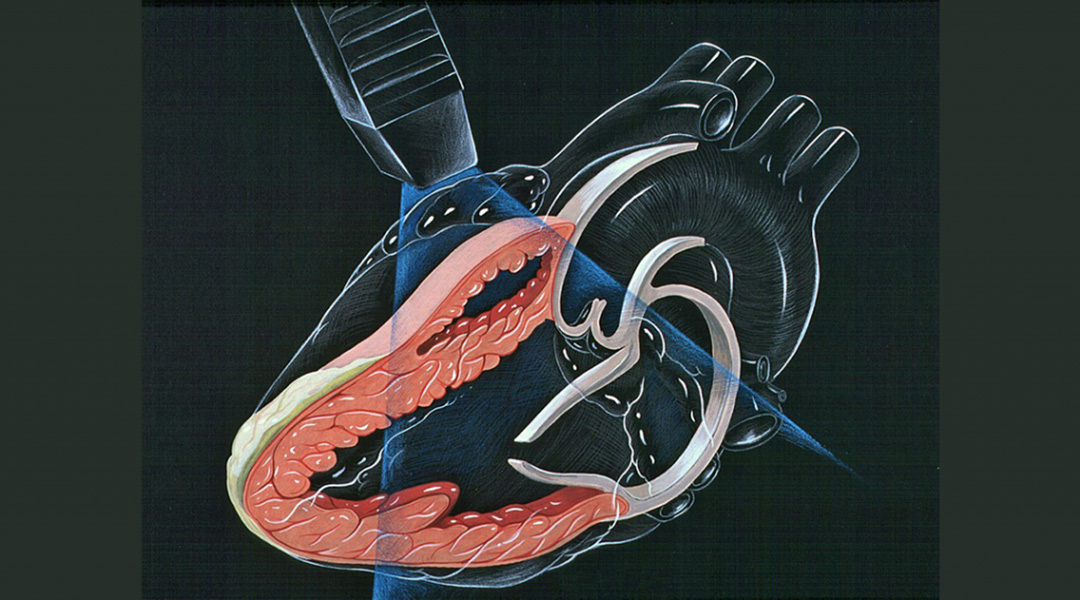
3D bioprinted models of developing human hearts reveal critical factors that shape heart development.
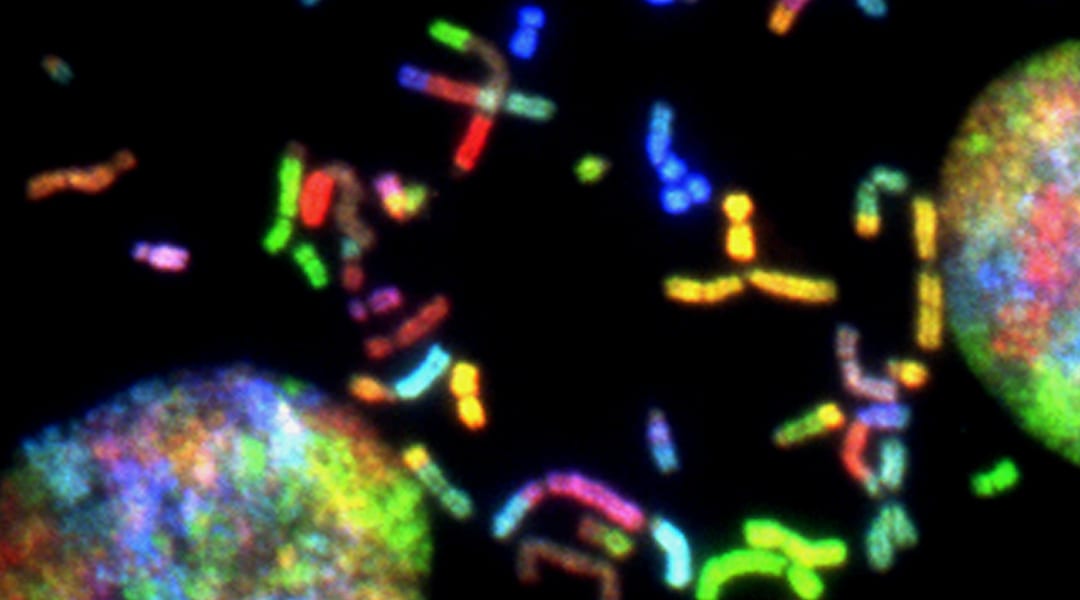
A new computational technique allows researchers to model biological processes with better accuracy and at a lower computational cost.
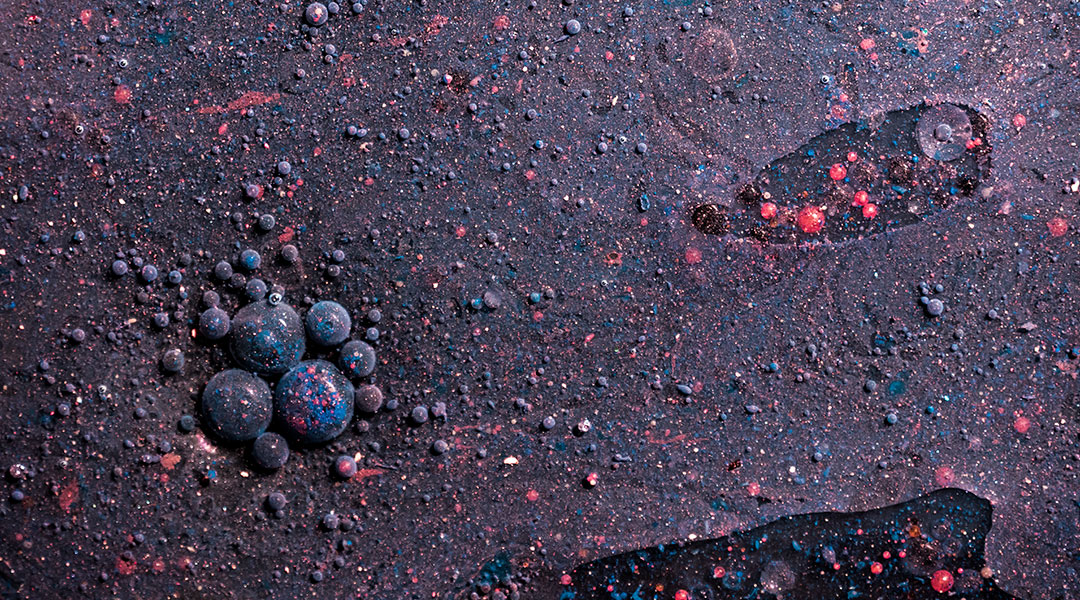
A new hypothesis explores how potassium came to be the dominant biological cation.
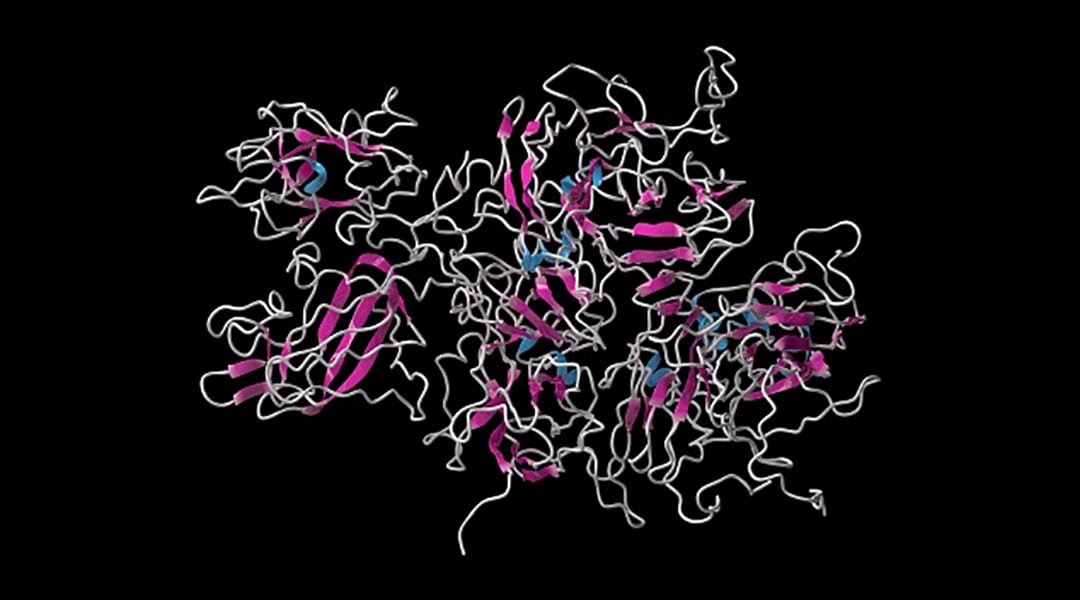
Using their deep-learning program, AlphaFold, researchers predict the 3D structure of proteins using only their linear amino acid sequence, revolutionizing computational biology as we know it.

In a survey of biomaterials articles that included cell culture experiments, only 3.7% of studies reported the sex of the cells.
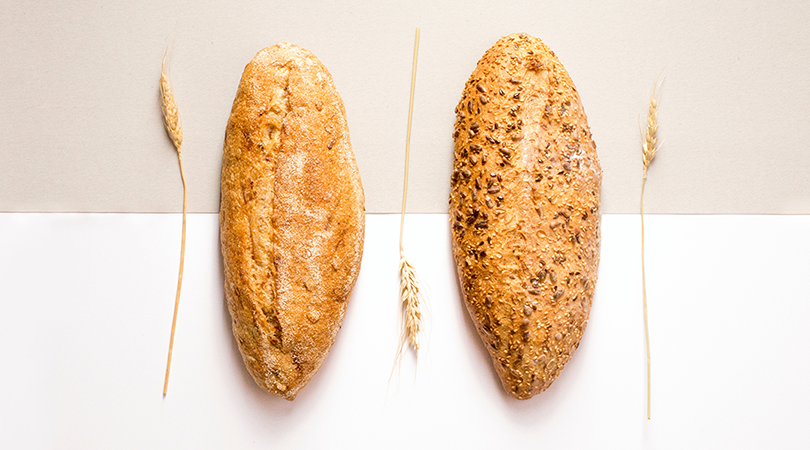
Understanding how gluten affects the gut is a key to understanding whether gluten-free diets are merely a fad or based in solid science.

This phenomenon is spread over such a broad range of the mammalian evolutionary tree that researchers are beginning to wonder if the “proto-mammal” shared the same trait.